Excerpt: ‘The Black History Of The White House’
by Clarence Lusane
Black People, White Houses
African Americans and the Promise of the White HouseI, too, am America — Langston Hughes, from his poem “I, Too, Sing America”
More than one in four U.S. presidents were involved in human trafficking and slavery. These presidents bought, sold, bred and enslaved black people for profit. Of the twelve presidents who were enslavers, more than half kept people in bondage at the White House. For this reason there is little doubt that the first person of African descent to enter the White House — or the presidential homes used in New York (1788–1790) and Philadelphia (1790–1800) before construction of the White House was complete — was an enslaved person. That person’s name and history are lost to obscurity and the tragic anonymity of slavery, which only underscores the jubilation expressed by tens of millions of African Americans — and perhaps billions of other people around the world — 220 years later on November 4, 2008, when the people of the United States elected Barack Obama to be the nation’s president and commander in chief. His inauguration on January 20, 2009, drew between one and two million people to Washington, D.C., one of the largest gatherings in the history of the city and more than likely the largest presidential inauguration to date. Taking into account the tens of millions around the globe who watched the event live via TV or Internet, it was perhaps the most watched inauguration in world history. It was of great international interest that for the first time in U.S. history, the “first family” in the White House was going to be a black family.
Obama has often stated that he stands on the shoulders of those who came before him. In terms of the White House, this has generally been seen to mean those presidents he admires, such as Abraham Lincoln, Franklin Roosevelt, John Kennedy, and Lyndon Johnson, who all inspired him in his political career. However, he is also standing on the shoulders of the many, many African Americans who were forced to labor for, were employed by, or in some other capacity directly involved with the White House in a wide array of roles, including as slaves, house servants, elected and appointed officials, Secret Service agents, advisers, reporters, lobbyists, artists, musicians, photographers, and family members, not to mention the activists who lobbied and pressured the White House in their struggle for racial and social justice. As the Obama family resides daily in the White House, the narratives of these individuals resonate throughout their home.
The black history of the White House is rich in heroic stories of men, women, and youth who have struggled to make the nation live up to the egalitarian and liberationist principles expressed in its founding documents, including the Declaration of Independence and the U.S. Constitution. For over 200 years African Americans and other people of color were legally disenfranchised and denied basic rights of citizenship, including the right to vote for the person who leads the country from the White House. But despite the oppressive state of racial apartheid that characterized the majority of U.S. history, in the main, as Langston Hughes reminds us, black Americans have always claimed that they too are American.
At the end of the nineteenth century, when Jim Crow segregation and “separate but equal” black codes were aggressively enforced throughout the South, few African Americans were permitted to even visit the White House. As Frances Benjamin Johnston\’s 1898 photo on the cover of this book indicates, however, black children were allowed to attend the White House\’s annual Easter egg–rolling ceremony. Permitting black children to integrate with white children on the White House premises one day a year was acceptable, even though such mingling was illegal in many public spaces throughout the South at the time, including libraries and schools.
The Easter egg–rolling tradition had begun on the grounds of the Capitol, but concern over damage to the grounds led to the 1876 Turf Protection Law, which ended the practice at that site. Two years later, President Hayes — who had won the presidency by promising to withdraw federal troops protecting African Americans in the South from whites who opposed black voting and political rights — opened the White House\’s south lawn for the event. By the time of Johnston\’s photo, the 1896 Plessy v. Ferguson decision legalizing segregation had been implemented, the last of the black politicians elected to Congress would soon be gone by 1901, and accommodationist black leader Booker T. Washington, who was also photographed by Johnston, was on the ascendant.
Read More: The \’Black History\’ Of America\’s White House : NPR
From The Black History Of The White House by Clarence Lusane. Copyright 2011 by Clarence Lusane. Excerpted by permission of City Lights.





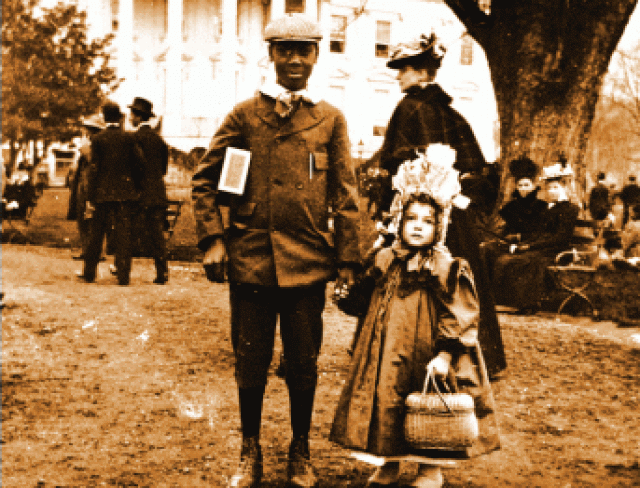



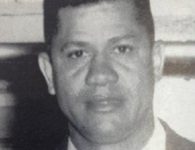

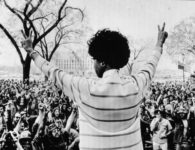


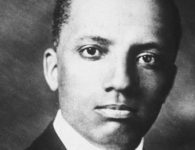
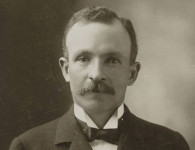
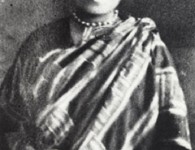
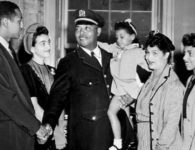


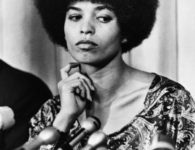
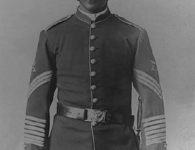
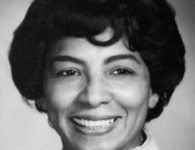
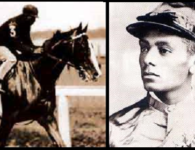

1 Comment
Tired of jerking off to the same old videos?You know the grainy terrible videos that most porn tubes have.Check out https://t.irtyc.com/kd1jiidvk?aff_id=29696&offer_id=3784 if you want to beat off to the good stuff.They have plenty of hot babes that love to get fucked hard.Who knows, you might even see a girl get her pretty face covered in cum.